Updated: 08-May-2020
(See Saturn).
Arkhip Mikhailovich Lyulka was a jet engine pioneer.
-JSC Lyulka (Joint Stock Company) is also related to “Rybinsk engines”.
-And it is the OKB-165 in the aspect of two models of rocket engines that it has made, see the end of this chapter.
-In 1930 he worked with the idea of turbojets and in 1937 he already had a first design of a turbojet, although it never worked.
-The concept was that of two single-sided centrifugal compressors in cascade and one centrifugal axial type turbine. It was designated by RTD.

“RTD”
-In 1938 the VRD-1 was tested with about 500 Kgf of thrust. Reaching 530 Kgf, between 1940 and 41. It is also known as RD-1 and was the base for the next TR-1.
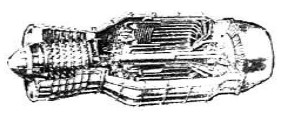
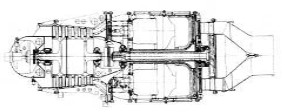
“RD-1”
-The VRD-1 was an engine with an eight-stage axial flow compressor and a single-stage turbine.
-The VRD-2 of 1943 already gave 800 Kgf and the VRD-3 was officially known as the TR-1.
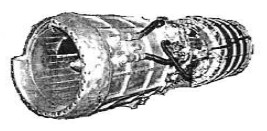
“Lyulka TR-1”
-The TR-1 gave 1,365 Kgf of thrust and was tested in flight on the Alekseev I-211 aircraft and on the Lavotchkin La-152.
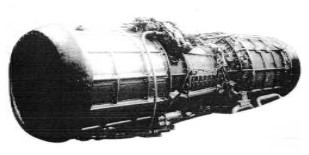
“TR-1A”
-In 1947, the TR-1-A rose to 1,500 Kgf of thrust.
-The next project was the VRD-5 with the official name of TR-3 and with considerable power for the time, 4,500 Kgf in 1950.


“TR-3 y TR-3A”
-That same year Arkhip M. Lyulka was considered as the main builder, at the level of the important ones and the TR-3 was already called AL-5.
-In successive developments it exceeded 5,500 Kgf of thrust.
-However, it was only one step for the much better AL-7 (From the TR-7 prototype).
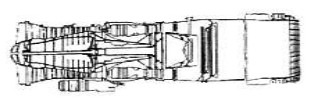
“AL-7”
-The AL-7 was an engine that was manufactured for 16 years in the USSR, with supersonic capacity. Its prototype was the TR-7.
-It was produced in quantity and in several versions:
-The original AL-7 version without afterburning,
-The different AL-7F versions with afterburning,
-The AL-7P with afterburner adapted for civil use,
-AL-7PB (sometimes referred to as AL-7RV) for the Be-10 flying boat.
-The AL-7FK has been used for the Kh-20 / 20M missile.
The AL-7F1 gave 15075 lbf military thrust and 20,280 lbf with afterburner.
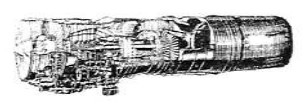
“AL-7F”
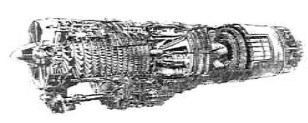
“AL-21F3”
The AL-21F was derived from the AL-7F. The AL-21F was a turbojet developed around 1966 and also in various versions for different aircraft, but the most widely used and produced in quantity at the Saturn and Granit factories was the -F3 version.
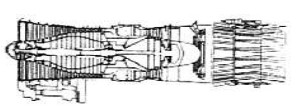
“AL-21F3”
-As in many Russian projects, this engine has been interchangeable with others to provide better performances to older aircraft.
-Aircraft that have used it, range from the first Su-17 to Su-24 (twin-engine) or MiG-23B.
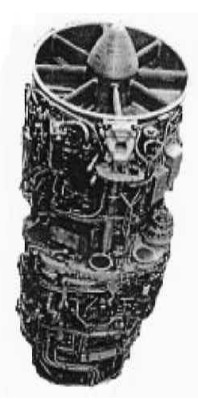
“AL-21F3”
-The 1984 Sukhoi Su-27 aircraft was already powered by the AL-31, with around 28,000 lbf of thrust.
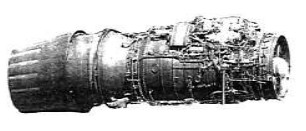
“AL-31F”
-The AL-31 used by the Su-30MK is the FP model with 13,300 kgf of vectored thrust.
-The AL-32 is advertised as a small 770 shp turboshaft of very simple construction and intended for the Mil Mi-54 helicopter. We do not have an illustration of this engine.
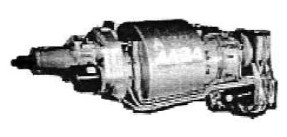
“AL-34-1”
-The AL-34-2 is a twin version, coupling two engines, to maintain cruise speeds at medium altitudes with 1,000 shp.
-Various Russian aircraft manufacturers plan it in their new models, such as the T-108, the Gzhel, Molniya 100 and 200, Vityay, Geraklit and Su-86.

“AL-37F”
-The AL-37 family is one of the latest high-power combat engines. This engine delivers 18,700 lbf dry and 32,000 lbf PC with afterburner.
-The AL-41F for combat fighters came out in 1985 and was presented in Paris in 1991.
-Its development has been stopped for almost a decade due to the Russian transition and lack of financial means.
-Once this was over, they are progressing, and are being cataloged as the most advanced engine available.
-It was tested on MiG-25 aircraft, likely to be seen on the upcoming MiG MFi 1.44.
-It gave 25,600 lbf dry and 40,000 with afterburner. At the moment no illustration is available.
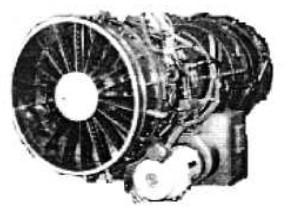
“AL-55”
-Finally the AL-55, a small engine from 2,000 to 3,000 Kgf of thrust, is intended for training aircraft (e.g. as a replacement for the Larzac engine).
-It is built in various versions like AL-55, -V, -F and -FV. The -AB is a vectored thrust version.
-As mentioned at the beginning there are two types of rocket engines built by Lyulka in Saturn:
-The RD-54 (11D54) from the years 1960 to 1975, 40 tons in a vacuum, for the N1 in its third stage.
-The RD-57 (11D57), from the same era and power.
-The RD-57M (11D57M), the same as the previous ones but with more operating time.
-The D-57A-1 from 1995 was a 400 Kgf demonstrator.
-All of them running on LOX and LH2 and with a single combustion chamber.
-Before closing the Lyulka chapter, another expansion is planned for the next edition.
-Extending the information in the main text, we can tell that Archip Lyulka had already begun his studies on jet turbines in the 1930s, at the Khai or Kharkov Aviation Institute, in Ukraina.
-It seems that his first design was the small I + DT-1 centrifugal compressor engine intended for about 500 Kgf of thrust.
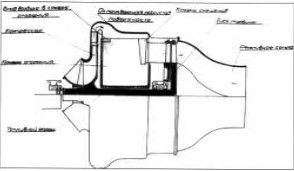
"Drawing of the I + DT-1"
-Although there is a patent for a turbojet with an axial engine, in 1941, filed by A.M. Lyulka, shown below.
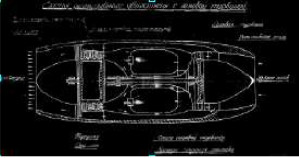
“AM Lyulka patent” (PiP)
-Unlike the exposed in the main text, this design has a one-stage centrifugal compressor, instead of the two-stage one shown there.
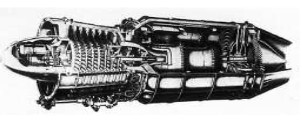
“Lyulka RD-1”
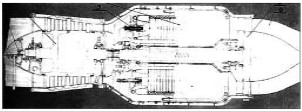
“RD-1 outline”
-After vicissitudes and transfers motivated by the advance of the Germans in the homeland, finally in 1943 it passes to OKB-293 starting with the study of RD-1 (sometimes VDR-2) that gave 1,500 Kg. The TsiaM is founded.


“Lyulka S-18”
-But before this, the S-18 came out, with 1,250 Kgf of thrust. As a result of the Russian advance in Germany, information and material is collected from Junkers Jumo and BMW, which allows the development of their engines to continue.
-This engine was not operational because the blades could not bear the effort. For this reason the 1600 Kgf TR-1 project was started.
-In 1946 it was tested in flight on a B-25.

“Lyulka TR-1”
-It was the first operational Russian engine. Lyulka immediately went to work for the 1,600 Kgf thrust TR-1A.
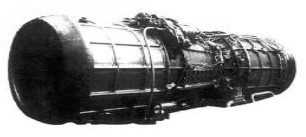
“TR-1A”
-German engines like Jumo-004 were built in Russia as RD-10 and the BMW-003 was the RD-20.
-When the TR-1A reached its limit in 1948, the 2,500 Kgf thrust TR-2 was built, but the project was canceled when the English RR Nene arrived, which were manufactured as RD-45.
-The TR-3 was a private development of Lyulka but with much more power, reaching 4,600 Kgf of thrust.

“Lyulka TR-3”
-As we see in the main text, it would continue with the AL-5 and AL-7 engines, etc.
We have been sent a couple of photographs of the AL-5 (TR-3A) that is mentioned in the main text without illustrations.

“Lyulka AL-5”
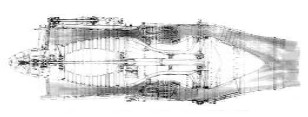
“AL-5 cross-section”
-Below a photograph of the AL-7 without afterburner. If it had one, it would become AL-7F-.
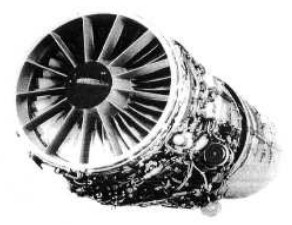
“AL-7”
From Appendix 6: Despite the extension of the Lyulka chapter of the main text, we have been provided with a cutaway drawing of the TR-1 engine to see the fineness of the components of its interior. Especially the central cone of the entrance.
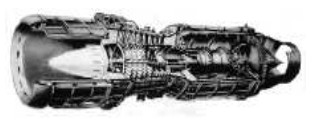
“Lyulka TR-1”
From Appendix 9: We found out more about this brand's turbojet engines. We have a list of rocket engines too:
-11D57 (RD-57)
-11D57M (RD-57M)
-D-57 (RD-57)
-RD-57
-RD-57A-1
-RD-57M
-D54 (RD-54)
-The engines built by Arthip Lyulka have ended up being built by Saturn.
-It has been possible to collect more photographs of engines that are already mentioned in the main text but of which were none available at the time.
-In addition, the new AL-41 for the Shukoi Cy-50K project known as PAK-FA with adjustable nozzles has appeared.
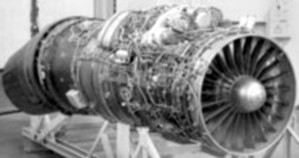
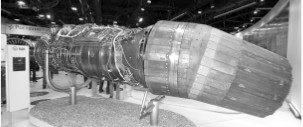
“Two views of the AL-41”
-The outlet nozzle is not only adjustable but also variable through ingenious mechanisms.
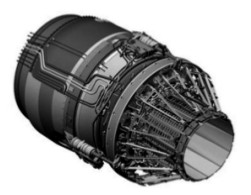
"Inside part of the nozzle"
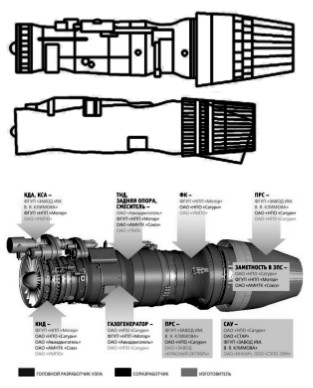
"Two illustrations of the AL-41"
-Lyulka's first engine, the RD-1, was installed on Gudkov's plane, the Gu-VDR. Very pretty by the way.

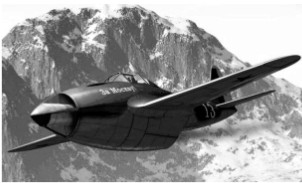
"The Gu-VDR, with the engine in the bow"
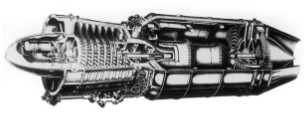
"The old S-18 also was a VDR-3"
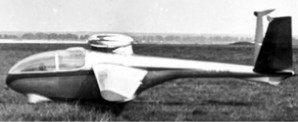
"A-13M glider with Lyulka Ts-31M 23 Kg"
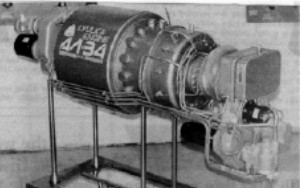

"Finally two AL-34 configurations, single and twin"
From Appendix 10: In a document filed in the MAE there are several engines including the I + DT-1 that appears below.

“Lyulka I+DT-1 drawing”
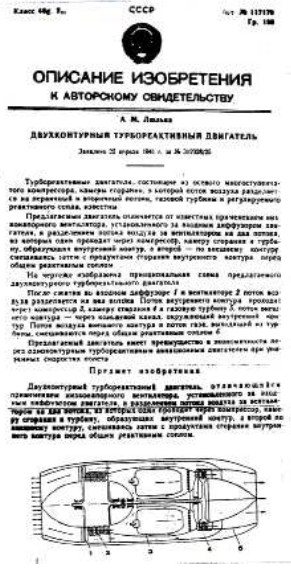
-The RD-1 also appears in a cutaway drawing showing the interior.

“Lyulka RD-1”
From Appendix 12: Lyulka made his own designs starting with RTD-1, which would crystallize into the RD-1.

“Lyulka's first two engines”

“Lyulka RD-1, cutaway”

"Gudkov-Lavotchkin Plane with RD-1"
-The Gudkov jet plane was powered by the RD-1 engine in the same way as the Hispano-Aviación Saeta plane, in the bow of the fuselage, "pulling" the aircraft. This was a formula that Willy Messerschmitt used on the Saeta, and Gudkov on his plane that used the main structure of the Lagg-3.

"Nice drawing of the plane in flight"
-The Gudkov's intake with a prominent central cone supported by four struts in cross is characteristic.

"The Lyulka TR-1 has a really beautiful shot"
-The central cone of the TR-1's intake has a fine design not seen in previous or later engines.
-Lyulka would start its range of engines under the names RD, RTD, TR, VRD and finally its most famous series, the AL, by Arkhip Mikhailovich Lyulka.
From AL-3 to AL-55. (See main text).
Engines of LYULKA
Model: AL-21
Arquitecture: Turbojet
Compressor/s:
Combustion chambers:
Turbines:
Power / Thrust: --- / 28000 Lbf
Weight:

"Lyulka AL-21F, cutaway"
Model: AL-3
Arquitecture:
Compressor/s:
Combustion chambers:
Turbines:
Power / Thrust: / ---
Weight:
Model: AL-31 (R-31) (AL-31F) (AL-31FU)
Arquitecture: Turbojet
Compressor/s:
Combustion chambers:
Turbines:
Power / Thrust: --- / 13300 Kgf
Weight:

"Lyulka AL-31F"
Model: AL-32M
Arquitecture: Turboshaft
Compressor/s:
Combustion chambers:
Turbines:
Power / Thrust: 770SHP / ---
Weight:
Model: AL-34-1, -2
Arquitecture: Turboshaft
Compressor/s:
Combustion chambers:
Turbines:
Power / Thrust: 1000SHP / ---
Weight:

"Lyulka single AL-34"
Model: AL-37
Arquitecture: Turbojet
Compressor/s:
Combustion chambers:
Turbines:
Power / Thrust: --- / 18700 Lbf
Weight:
Thrust: 18,700 lbf dry 32,000 lbf with afterburner.

"Lyulka AL-37F"
Model: AL-41, PAK.FA, F1-117S
Arquitecture: Turbojet
Compressor/s:
Combustion chambers:
Turbines:
Power / Thrust: --- / 25600 Lbf
Weight:
Thrust: 25,600 lbf dry 40,000 with afterburner.

"Lyulka AL-41, front view"
Model: AL-5 (TR-3, VDR-5)
Arquitecture: Turbojet
Compressor/s:
Combustion chambers:
Turbines:
Power / Thrust: --- / 4500 Kgf
Weight:

"Lyulka AL-5"
Model: AL-55
Arquitecture: Turbojet
Compressor/s:
Combustion chambers:
Turbines:
Power / Thrust: --- / 3000 Kgf
Weight:

"Lyulka AL-55"
Model: AL-7, F, P, PB, FK
Arquitecture: Turbojet
Compressor/s:
Combustion chambers:
Turbines:
Power / Thrust:
Weight:
The original AL-7 version without afterburning,
-The different AL-7F versions with afterburning,
-The AL-7P with afterburner adapted for civil use,
-AL-7PB (sometimes referred to as AL-7RV) for the Be-10 flying boat.
-The AL-7FK has been used for the Kh-20 / 20M missile.The AL-7F1 gave 15075 lbf military thrust and 20,280 lbf with afterburner.

"Lyulka AL-7F"
Model: RD-54 (D-54)
Arquitecture: Rocket engine
Chambers:
Fuels:
Feed System:
Ignition:
Thrust:
Weight:
Model: RD-57, -A1,-M (11D57, -M) (D-57)
Arquitecture: Rocket engine
Chambers:
Fuels:
Feed System:
Ignition:
Thrust:
Weight:
Model: RTD-1 (VDR-2 ó VRD-2)
Arquitecture:
Compressor/s:
Combustion chambers:
Turbines:
Power / Thrust: / ---
Weight:

"Lyulka RTD"
Model: S-18 (VDR-3)
Arquitecture:
Compressor/s:
Combustion chambers:
Turbines:
Power / Thrust: / ---
Weight:

"Lyulka S-18"
Model: TR-1, -1A
Arquitecture:
Compressor/s:
Combustion chambers:
Turbines:
Power / Thrust: --- / 1365 Kgf
Weight:
TR-1 1365 Kgf
TR-1-A 1500 Kgf

"Lyulka TR-1, cutaway fig. 2"
Model: TR-2
Arquitecture:
Compressor/s:
Combustion chambers:
Turbines:
Power / Thrust: / ---
Weight:
Model: TR-3 (AL-5, VDR-5)
Arquitecture: Turbojet
Compressor/s:
Combustion chambers:
Turbines:
Power / Thrust: --- / 4500 Kgf
Weight:

"Lyulka TR-3"
Model: TR-7 (prototype for AL-7)
Arquitecture: Turbojet
Compressor/s:
Combustion chambers:
Turbines:
Power / Thrust:
Weight:
Model: TS-31M
Arquitecture:
Compressor/s:
Combustion chambers:
Turbines:
Power / Thrust: / ---
Weight:
Model: VRD-1 (RD-1)
Arquitecture: Turbojet
Compressor/s:
Combustion chambers:
Turbines:
Power / Thrust: --- / 530 Kgf
Weight:

"Lyulka RD-1 cutaway, fig 4"
Model: VRD-2 (RTD-1)
Arquitecture:
Compressor/s:
Combustion chambers:
Turbines:
Power / Thrust: / ---
Weight:
Model: VRD-3 (VDR-3 a veces)
Arquitecture:
Compressor/s:
Combustion chambers:
Turbines:
Power / Thrust: / ---
Weight:


